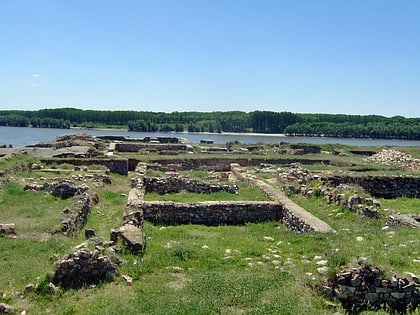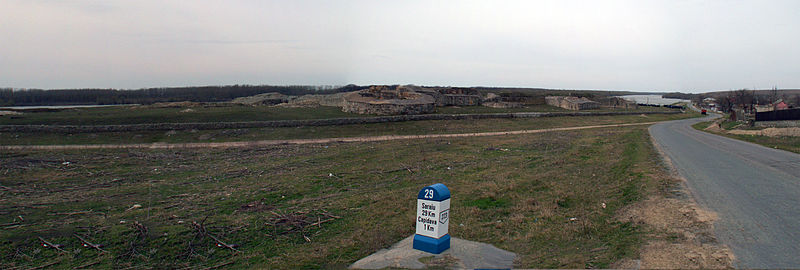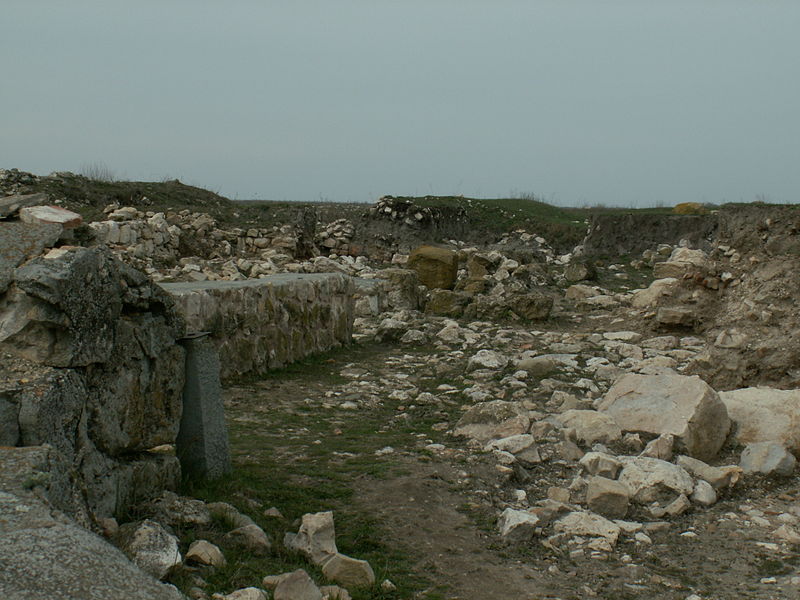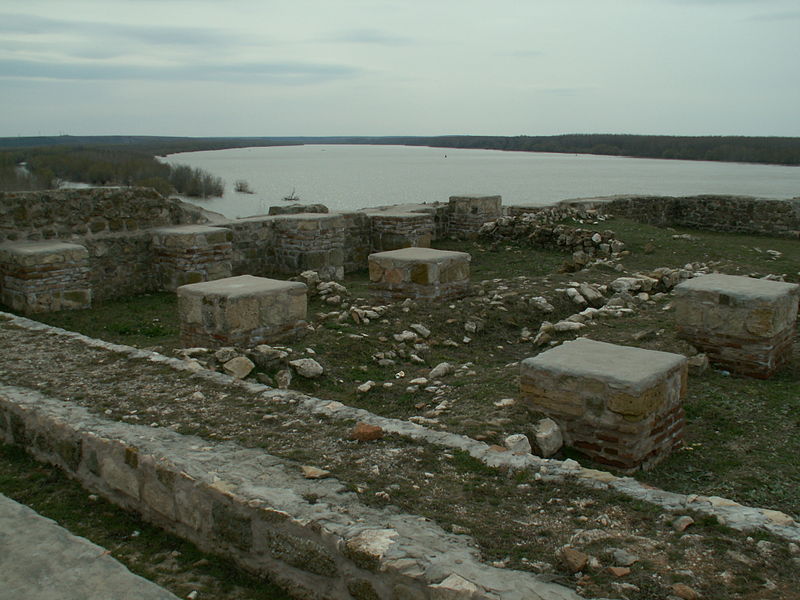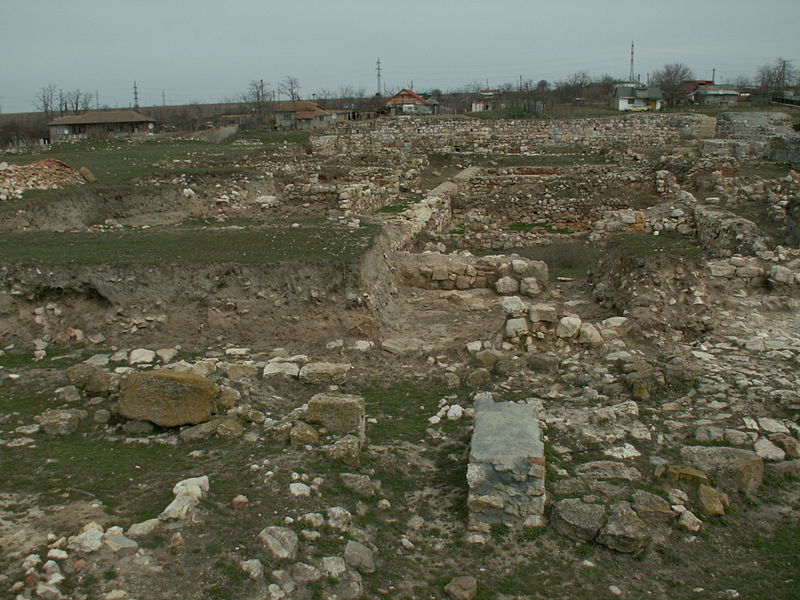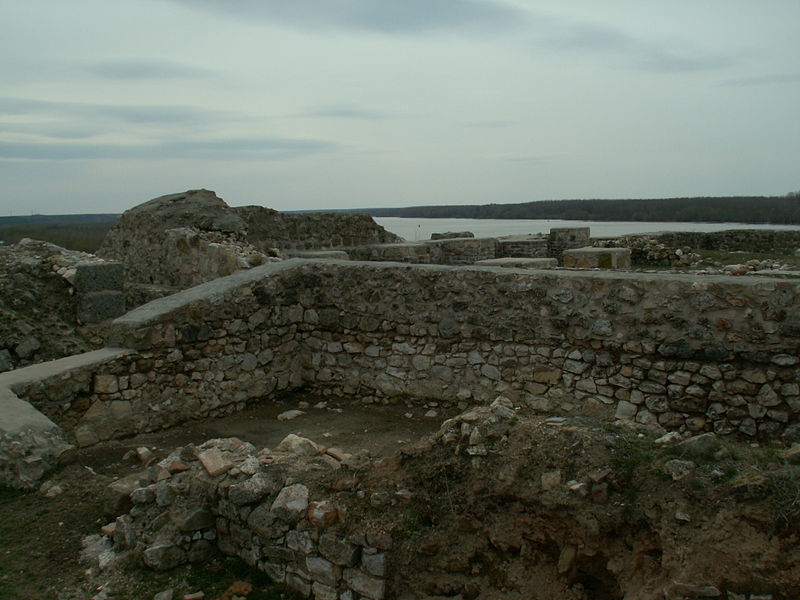Capidava
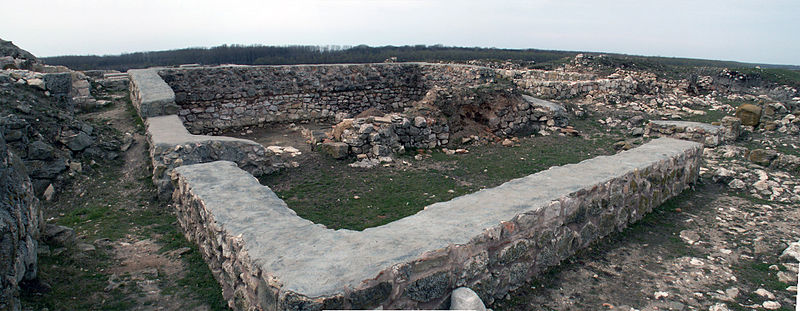
Facts and practical information
Nestled on the right bank of the Danube River in Romania, the ancient fortress of Capidava stands as a testament to the region's rich history. This archaeological site has seen centuries of strategic importance due to its commanding position, overseeing the vital waterway that has long been a lifeline for trade and military movements.
Capidava, originally a Getic settlement, later became part of the Roman Empire's border defense system known as the Limes Moesiae. The fortress was constructed in the 2nd century AD and played a critical role in protecting the empire against invasions from the north. Its walls, towers, and gates were engineered to withstand sieges and provide a base for the Roman legions stationed there.
Throughout the centuries, Capidava underwent numerous reconstructions and modifications, reflecting the changing needs and fortunes of its occupants. The fortress bears the marks of Byzantine, Bulgarian, and Ottoman influences, which have all contributed to the site's unique architectural blend.
Today, Capidava is a treasure trove for archaeologists and historians, offering insights into ancient military architecture and the daily lives of its former inhabitants. Excavations have unearthed barracks, baths, workshops, and early Christian basilicas, along with a wealth of artifacts that tell the story of this crossroads of cultures.
Capidava – popular in the area (distance from the attraction)
Nearby attractions include: Topalu.
